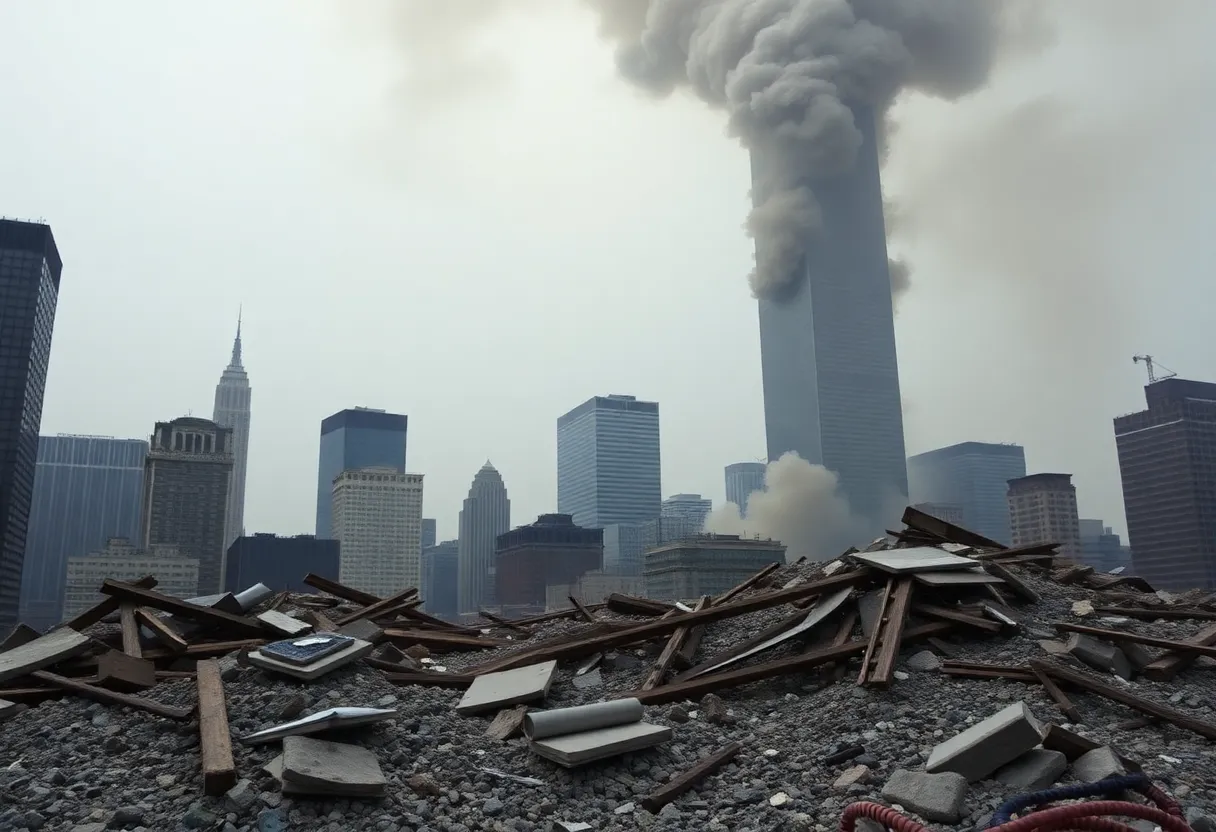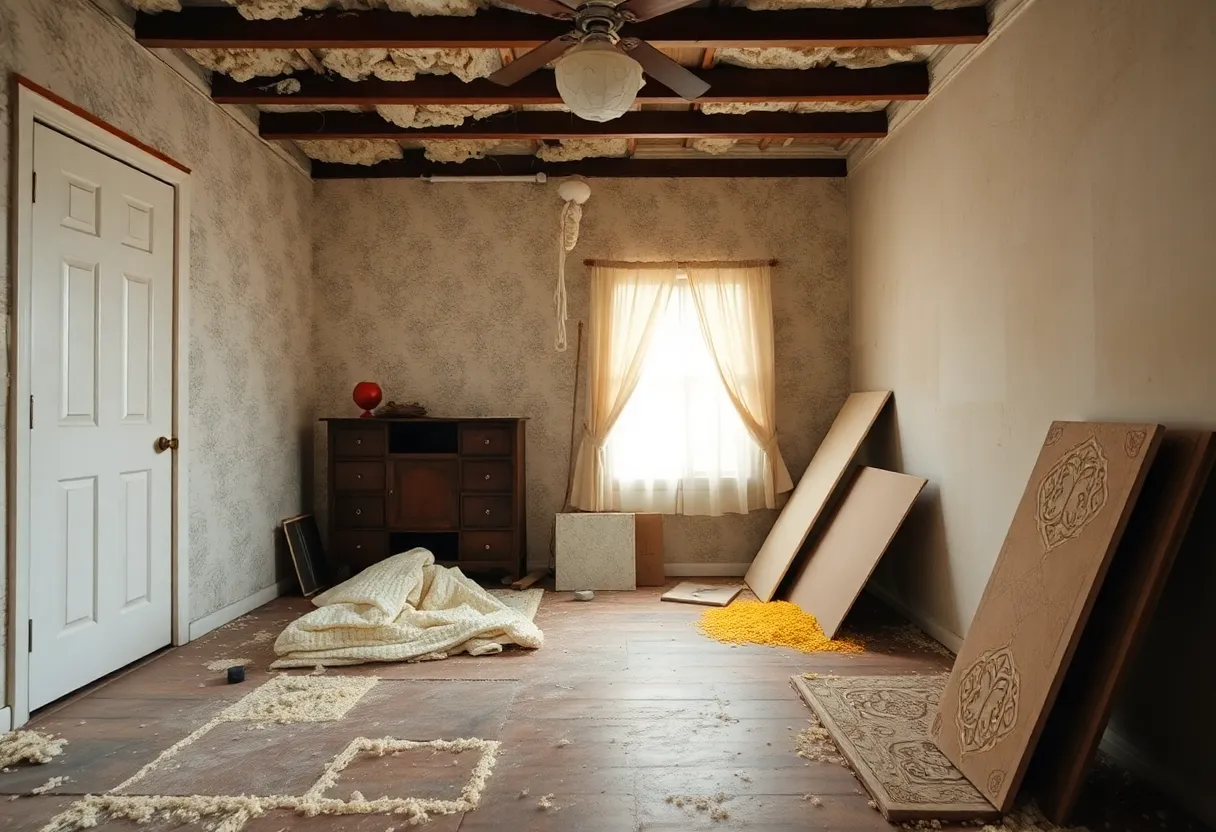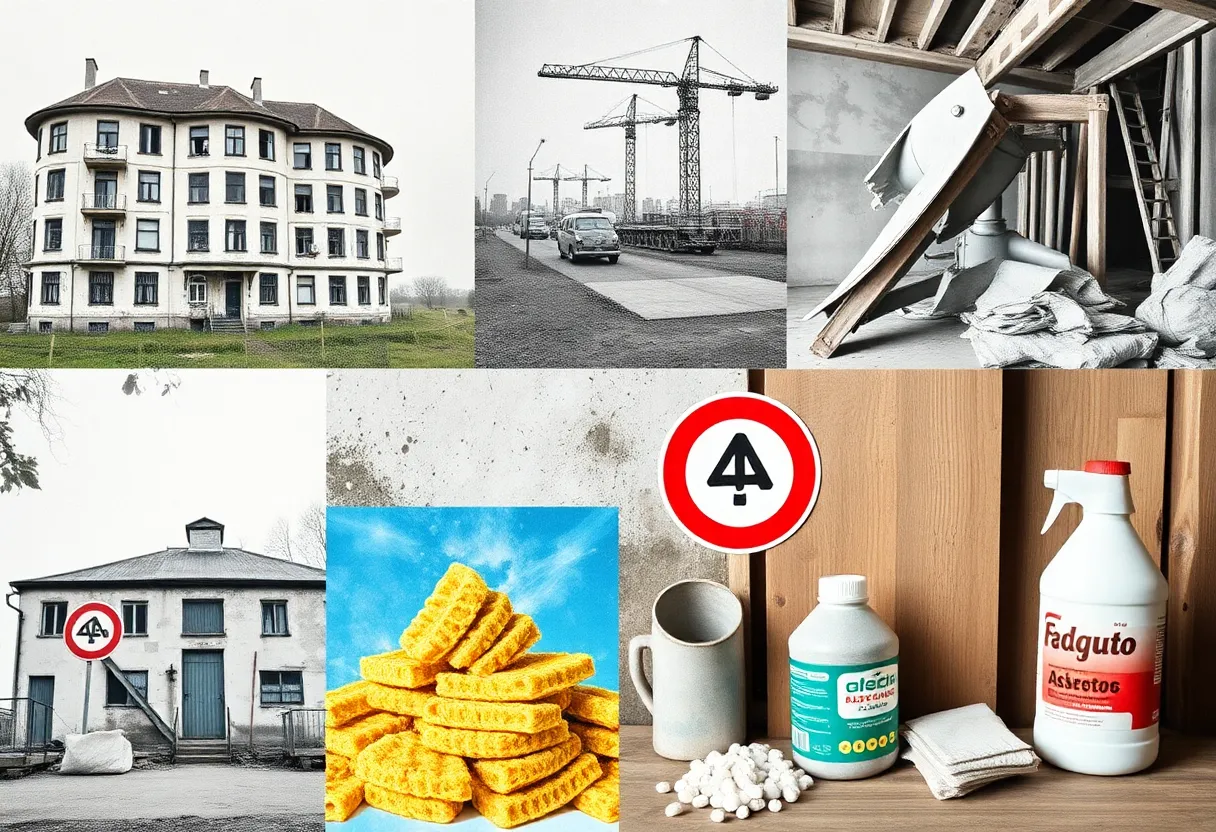News Summary
As America reflects on 9/11, alarming cases of mesothelioma are surfacing among those exposed to the asbestos-laden debris of the World Trade Center. Researchers from New York report four confirmed instances over two decades since the attacks. The WTC Environmental Health Center is actively monitoring these health risks, highlighting an urgent need for vigilance and support for affected individuals, especially those who lived and worked in the vicinity. Long-term studies are crucial to understanding the health crisis linked to this tragic event.
Dark Legacy of 9/11: Mesothelioma Cases Emerge from Ground Zero’s Ashes
As the nation remembers the events of September 11, 2001, and grapples with its ongoing implications, a troubling concern has surfaced from the dust and debris of the World Trade Center (WTC). The threat of mesothelioma, a devastating cancer linked to asbestos exposure, is now becoming a stark reality for some individuals affected by the tragic attacks. Just over two decades have passed, and researchers affiliated with prestigious medical institutions in New York have already confirmed four cases of this rare disease among those exposed to the toxic aftermath of the disaster.
A Silent Predator: Understanding Mesothelioma
Malignant mesothelioma is notorious for its extended latency period. Victims may live with silent symptoms for fifty to sixty years before the disease manifests, often by which time treatment options are severely limited. This cancer is primarily known to arise from exposure to asbestos—once widely utilized for insulation in buildings, including the Twin Towers. The collapse of the WTC released a noxious cocktail of materials, with asbestos dust enveloping the surrounding area.
Tracking the Unseen Impact
To investigate the long-term health ramifications of the 9/11 attacks, the WTC Environmental Health Center has emerged as a pivotal entity within an academic-community alliance aimed at monitoring and treating affected individuals. This group is currently evaluating the relationship between the disaster and subsequent health crises, particularly focusing on mesothelioma cases stemming from the released asbestos materials. While the minimum latency period for mesothelioma is eleven years following exposure, the diagnosed cases discovered thus far underscore the urgency of monitoring this public health crisis.
Initial Findings: A Cause for Alarm
Since September 2012, the WTC Environmental Health Center has reported four individuals diagnosed with mesothelioma from the community entrails of the World Trade Center. These cases highlight an emerging distressing trend: the potential for an increase in mesothelioma incidences among those who lived, worked, or attended school in the affected areas during and after the attacks. The researchers noted that the link between non-occupational asbestos exposure and pleural mesothelioma indicates a concerning risk for individuals who were not direct workers on the site, as they suffered prolonged exposure to the debris-filled environment.
The Disparity in Diagnosis
An intriguing finding from ongoing investigations is the disparity in mesothelioma cases among workers on-site as opposed to members of the surrounding community. The researchers have highlighted that the community members experienced chronic and significant exposure levels which could be just as harmful, if not more so than those who were involved in the cleanup and recovery operations.
Looking Ahead: The Need for Vigilance
The WTC Environmental Health Center concludes that it is imperative to monitor for additional mesothelioma cases within the exposed populations to gain a clearer understanding of the connections between the WTC exposures and the development of this progressive cancer. There is a pressing need for long-term health studies, comprehensive support for those affected, and public awareness to mitigate the health crisis that could unfold over the coming years.
Given the historical context surrounding the 9/11 attacks, individuals diagnosed with mesothelioma or concerned about potential exposure should seek assistance and advocacy resources to explore their rights and treatment options. The advocacy community is stepping up to ensure those impacted are not left to navigate this perilous journey alone.
If you suspect you or a loved one has been affected by mesothelioma, now is the time to act. Support services and patient advocacy are available to provide guidance through the intricacies of treatment and legal options.
The fight against mesothelioma continues, and steadfast vigilance is required as we uncover the dark legacy left behind by the events of 9/11.
Deeper Dive: News & Info About This Topic
HERE Resources
Global Asbestos Awareness Week: Shedding Light on a Persistent Danger
Rising Threat of Mesothelioma Among Veterans: A Hidden Epidemic
Alarming Asbestos Concerns in Public Buildings Spark Urgent Call for Action
Rising Concerns Over Mesothelioma and Asbestos Among Veterans
Asbestos Crisis in Libby, Montana: A Tragic Legacy of Contamination
The Ongoing Battle Against Mesothelioma: New Research Offers Hope
Over 800 Asbestos Risk Records Found Inaccurate
The Dark Legacy of Asbestos: Unraveling the Crisis
Montana House Moves to Shield Corporations From Asbestos Liabilities
Disaster from the Skies: The Lingering Health Crisis from 9/11
Additional Resources
- Mesothelioma Guide: Failed Asbestos Inspections in NYC Schools
- Wikipedia: Mesothelioma
- Asbestos.com: Bills May Threaten Mesothelioma Payouts
- Google Search: Mesothelioma news
- SILive: Over 80% of NYC Schools Didn’t Get Required Asbestos Inspections
- Google Scholar: Mesothelioma and asbestos
- Gothamist: 82% of NYC Schools with Asbestos Didn’t Get Required Inspections
- Encyclopedia Britannica: Mesothelioma



















